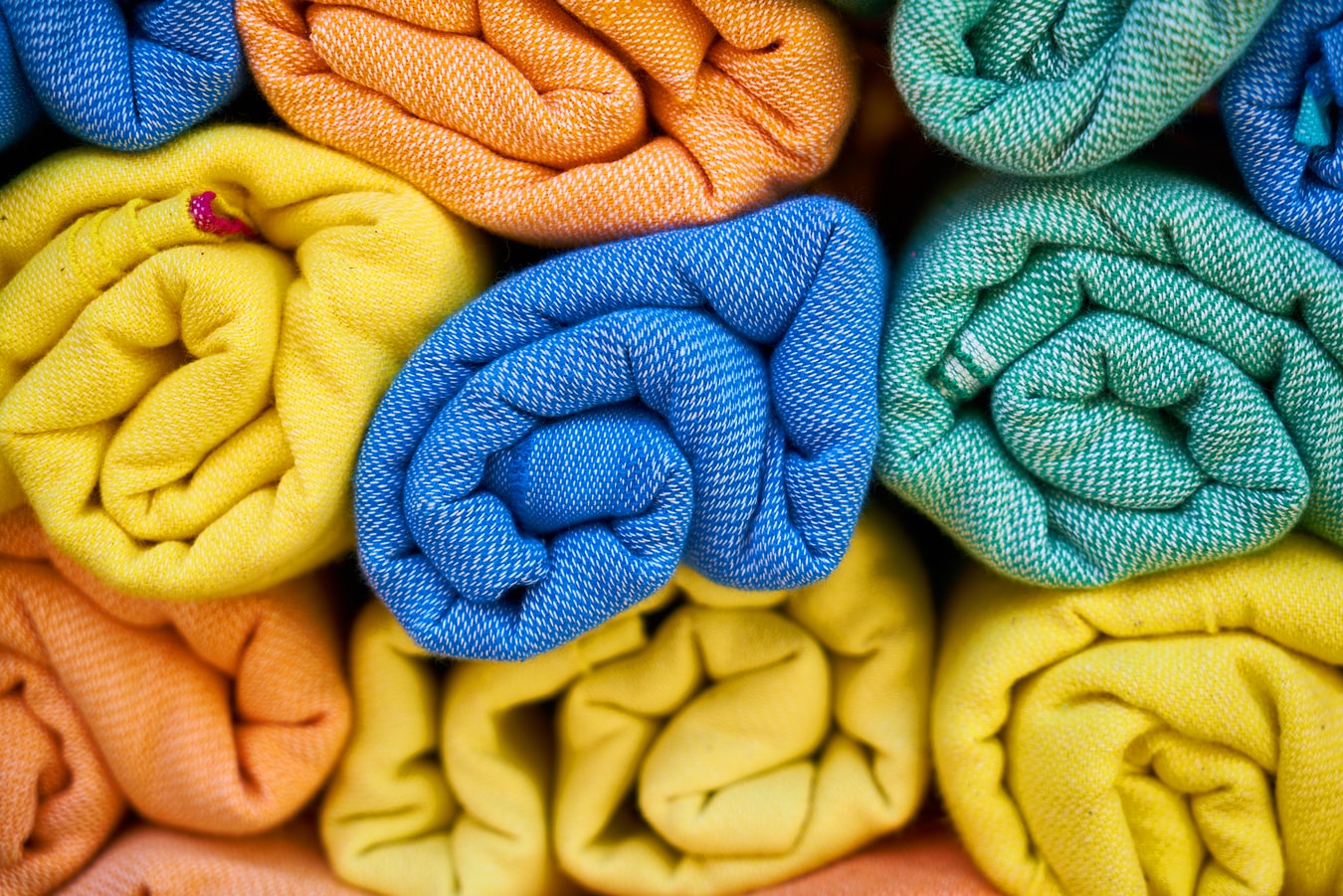1. Choose the right towel warmer: When buying a towel warmer, ensure that it’s designed for wet locations. This will prevent any accidents that may occur due to exposure to moisture.

2. Hang your wet clothes on the warmer: Once you have purchased a towel warmer, hang your wet clothes on the rungs or bars, ensuring that they are not overlapping or bunching up.
3. Space them out: For even drying, space your clothes out, ensuring that they are not too close to each other. This will allow air to circulate, ensuring that all areas of the clothes dry up.
4. Turn on the warmer: Turn on the towel warmer and allow it to heat up for a few minutes before hanging your wet clothes. This will ensure that the warmer is at optimal temperature to dry your clothes.
5. Use the proper heating temperature: It's recommended that you use a low heating temperature to dry your clothes, as high temperatures may damage some fabrics.
6. Avoid overheating the warmer: Overheating the warmer may cause it to dry out, cracking the paint or damaging the finish. Ensure that you follow the manufacturer's instructions when using your towel warmer.
7. Choose the right fabric: Some fabrics dry better on a towel warmer than others. For instance, cotton and linen dry faster than heavy fabrics like denim.
8. Remove clothes when dry: Once your clothes are dry, remove them from the warmer to prevent wrinkles or damage to the fabric.
9. Avoid using the warmer on delicate clothes: Delicate fabrics like silk or lace can easily be damaged by a towel warmer's heat. Avoid using the warmer on such fabrics, choosing to air dry them instead.
10. Use a garment rack: If you don't have a towel warmer, you can use a garment rack to dry your wet clothes. Hang your clothes on the rack and place it in a warm room, allowing the clothes to air dry.
11. Avoid placing wet clothes on furniture: Placing wet clothes on furniture may cause water stains, leading to unsightly marks on the furniture.
12. Use a dehumidifier: A dehumidifier helps to eliminate moisture in the air, making it possible for clothes to dry faster. You can use one in conjunction with a towel warmer to achieve faster results.
13. Keep the room well-ventilated: Ensure that the room you are drying your clothes in is well-ventilated. This will prevent mold and mildew growth, which may damage your clothes and lead to health hazards.
In conclusion, a towel warmer designed for wet locations is a convenient solution to drying up your wet clothes. Following the above tips will ensure that your clothes dry fast and without any damage. Remember to choose the right fabric, avoid overheating the warmer, and keep the room well-ventilated. Happy drying!